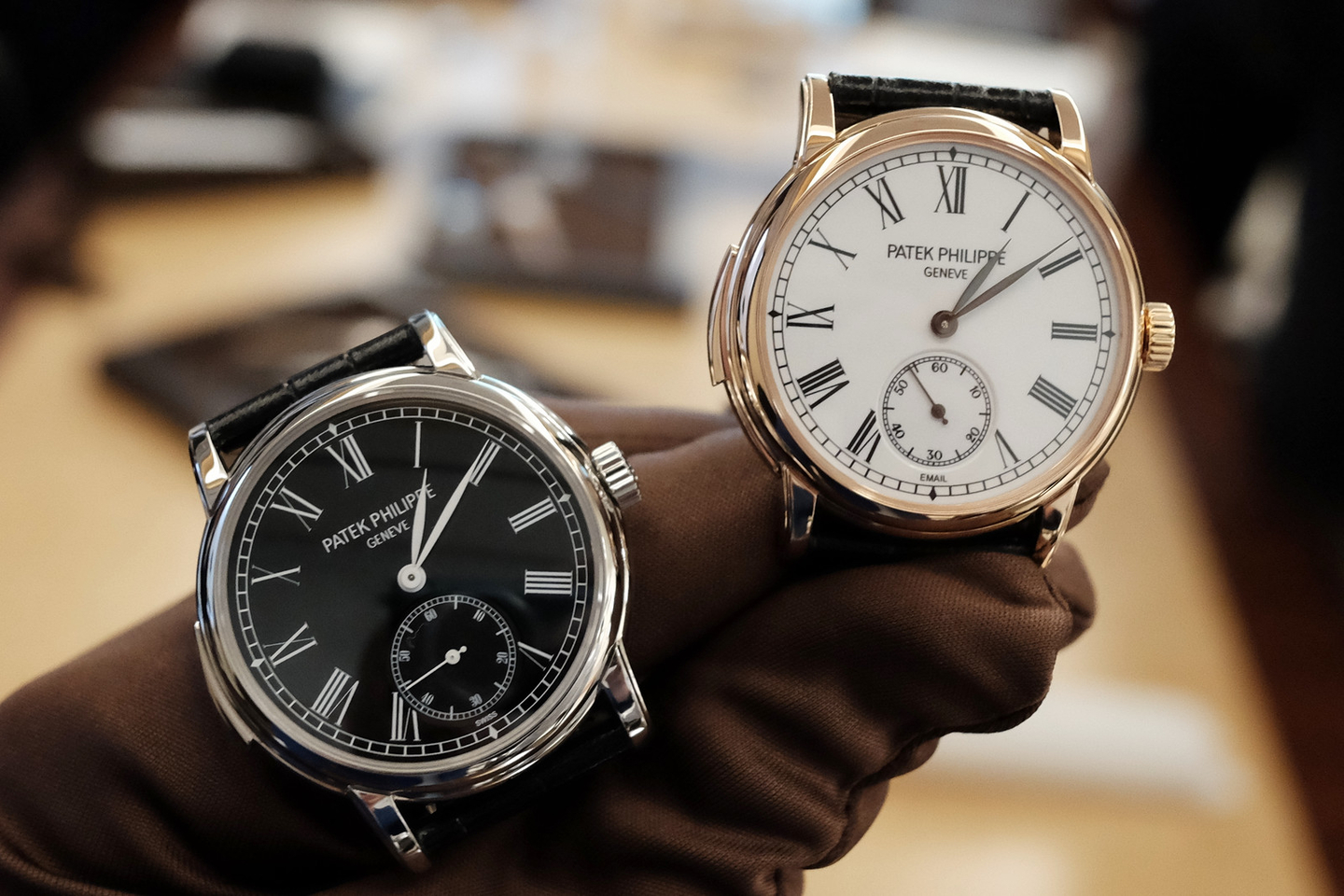Listed below are ten facts about Patek Philippe Minute Repeaters.
1- In Sept 1839, Patek Philippe made their first quarter repeater, which sold for 450 CHF.
2- The world’s first self-winding minute repeater wristwatch (Ref. 3979) was produced by Patek Philippe in 1989.
3- Patek Philippe minute repeaters are produced in both the Vallée de Joux and Geneva factories.
4- Patek Philippe gongs are entirely hand made. There are 21 classes which are necessary to better distinguish between high and low pitches. And each gong maker must complete 100 trial gongs before being able to work on a production timepiece.
5- If the gong, hammer, or case do not sound right during early testing, each non-conforming component is rejected and eventually melted down for re-use.
6- The ideal sound level for a Patek Philippe minute repeater is 40 to 50 decibels.
7- Patek Philippe has three Anechoic state-of-the-art sound rooms for testing their minute repeaters. One at the Geneve Salon, one at their Vallée de Joux manufacturing facility, and one at the manufacture in Geneva.
8- The least expensive Patek Philippe minute repeater is $360,000.
9- Due to speculation on Patek Philippe’s minute repeaters, which are produced in very low quantities each year, the company put in place a 2-step application process designed to ensure that the person buying the minute repeater understands the brand heritage and is not prone to resell the ultra-rare 6-figure timepiece for profit.
10- Thierry Stern, the company’s global CEO, personally listens to – and approves or rejects – each and every Patek Philippe minute repeater before it leaves the factory.
 Center wheel before and after 4-hours of hand-finishing
Center wheel before and after 4-hours of hand-finishing
 Patek Philippe Cathedral Gongs
Patek Philippe Cathedral Gongs





